Nonlimiting Design : Types of Implant Surgical Guides in Dentistry
Nonlimiting Design
Nonlimiting designs only provide an indication to the surgeon as to where the proposed prosthesis is in relation to the selected implant site.6 This design indicates the ideal location of the implants without any emphasis on the angulation of the drill, thus allowing too much flexibility in the final positioning of the implant.
Blustein et al7 and Engelman et al8 described a technique in which a guide pin hole was drilled through a clear vacuum-formed matrix (Figure 1). This hole indicated the optimal position of the dental implant. However, the angulation was determined by the use of adjacent and opposing teeth. Almog et al9 described the circumference lead strip guide in which a lead strip was attached to the external surfaces of the diagnostic waxing. This was used to outline the tooth position over the implant site.

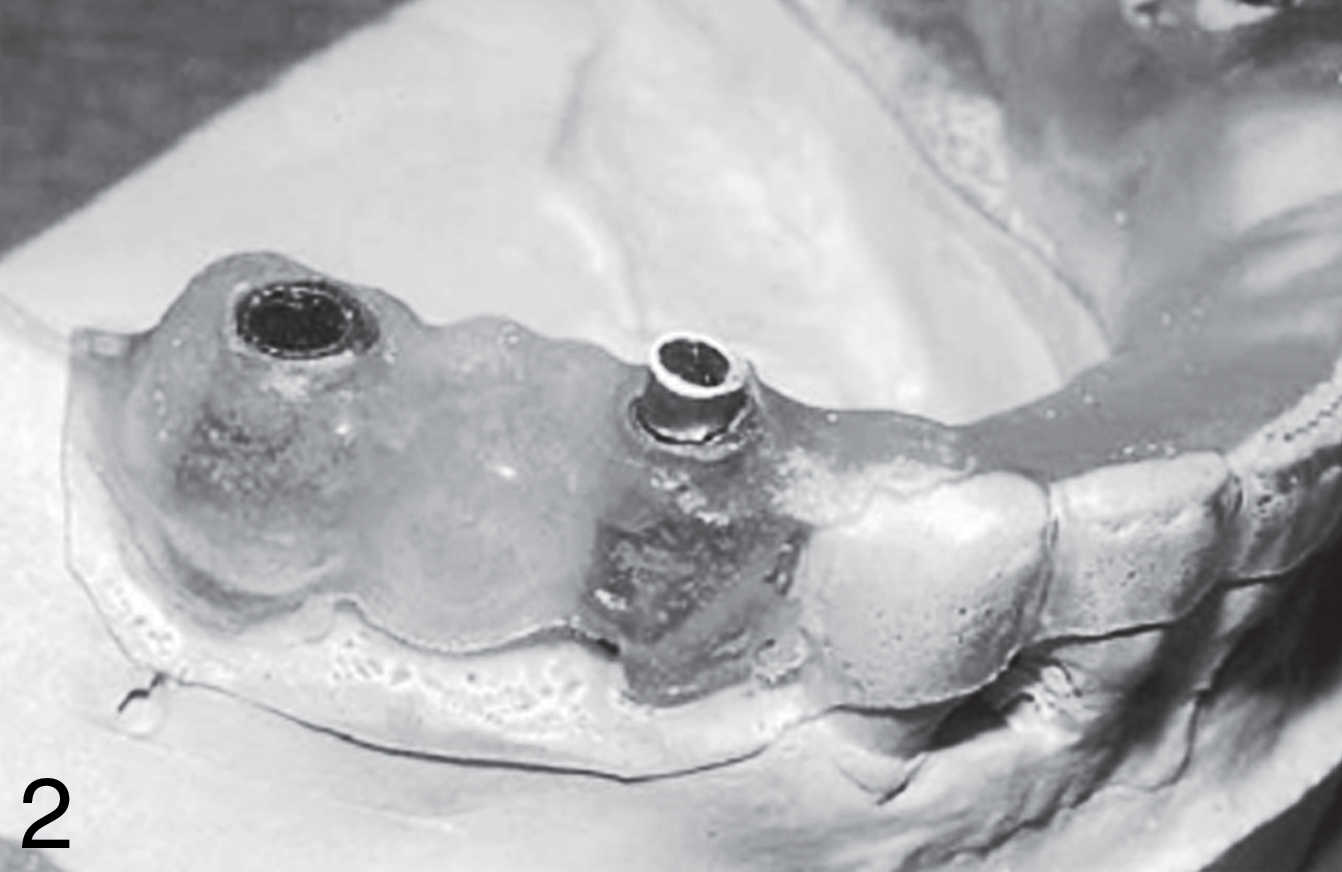
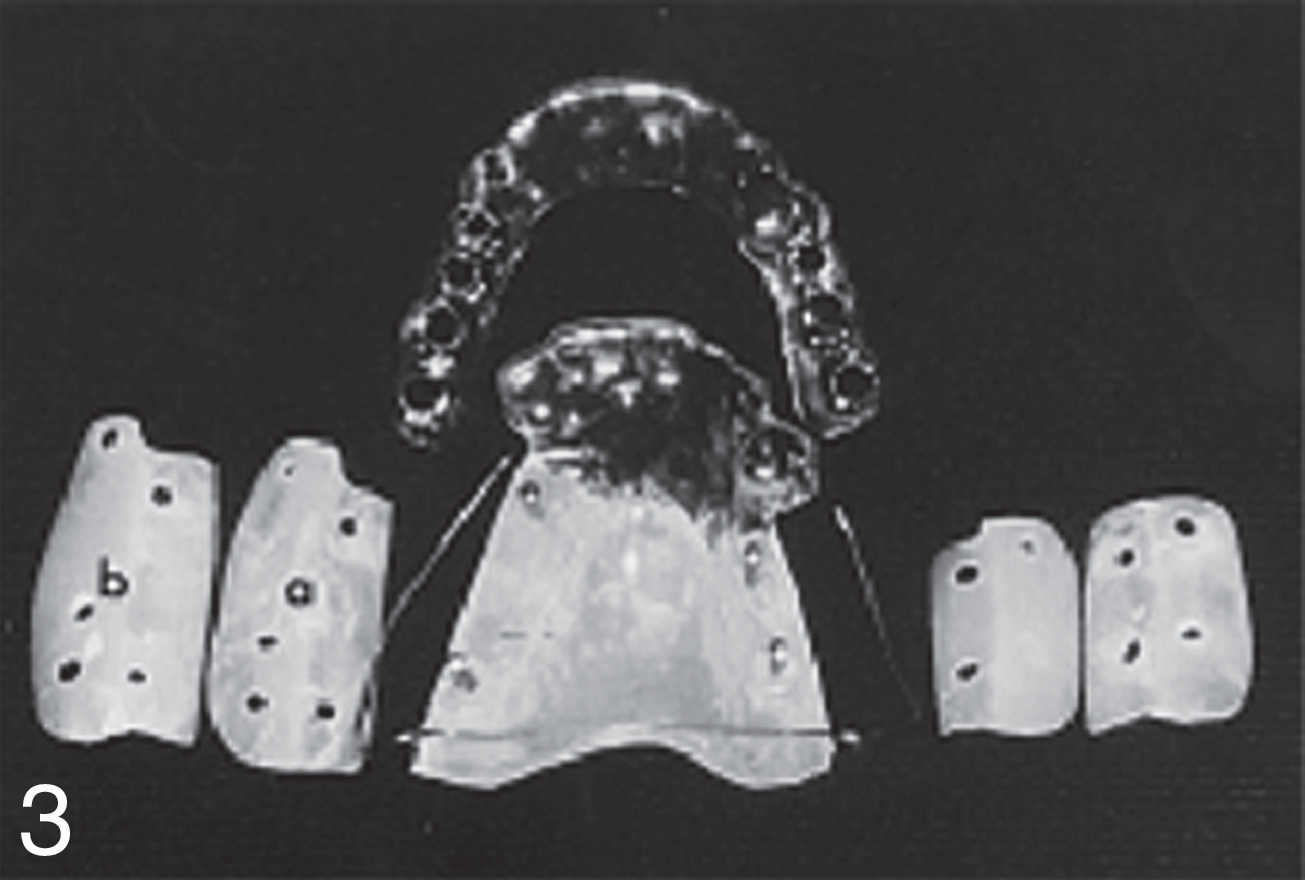
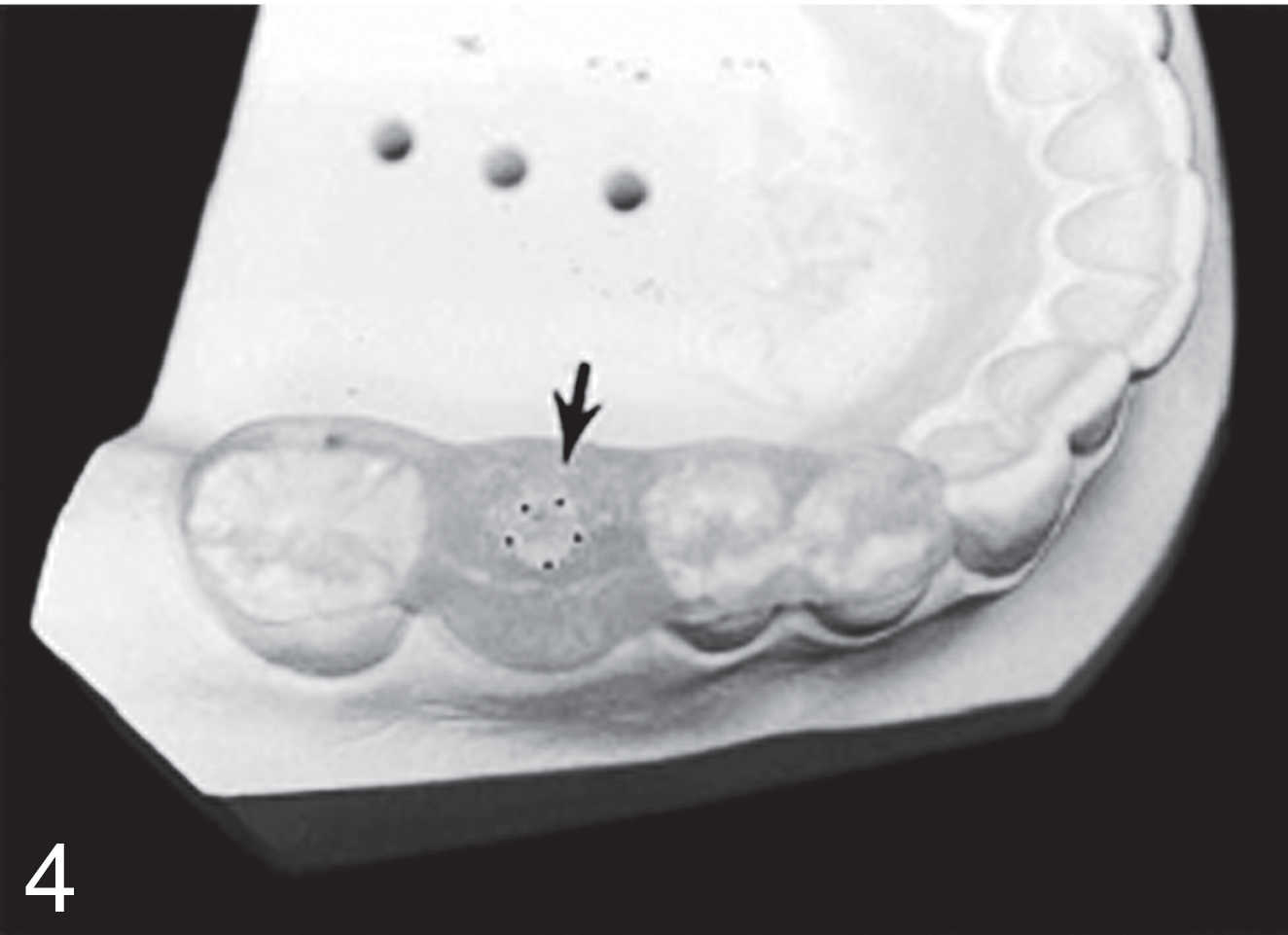
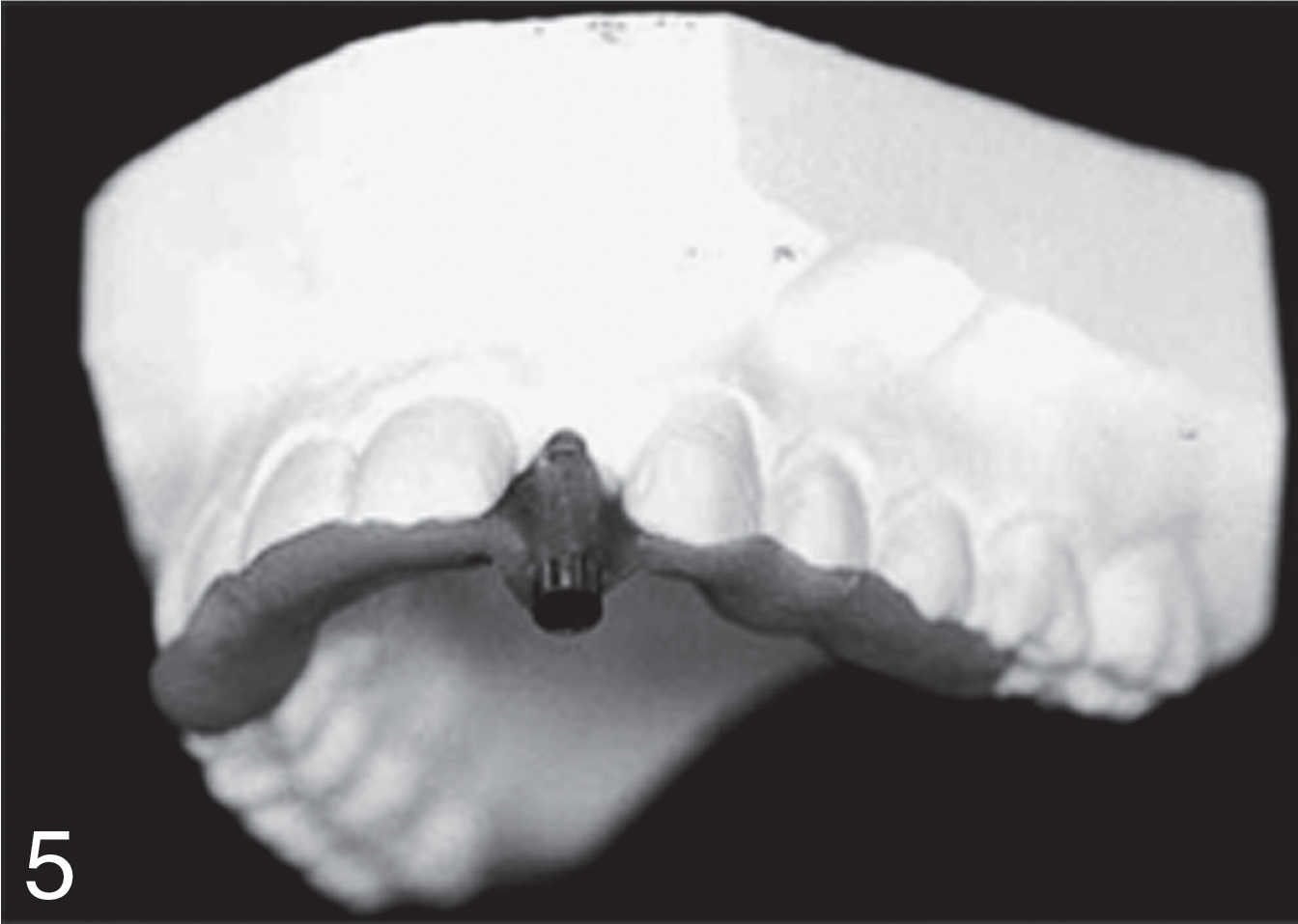
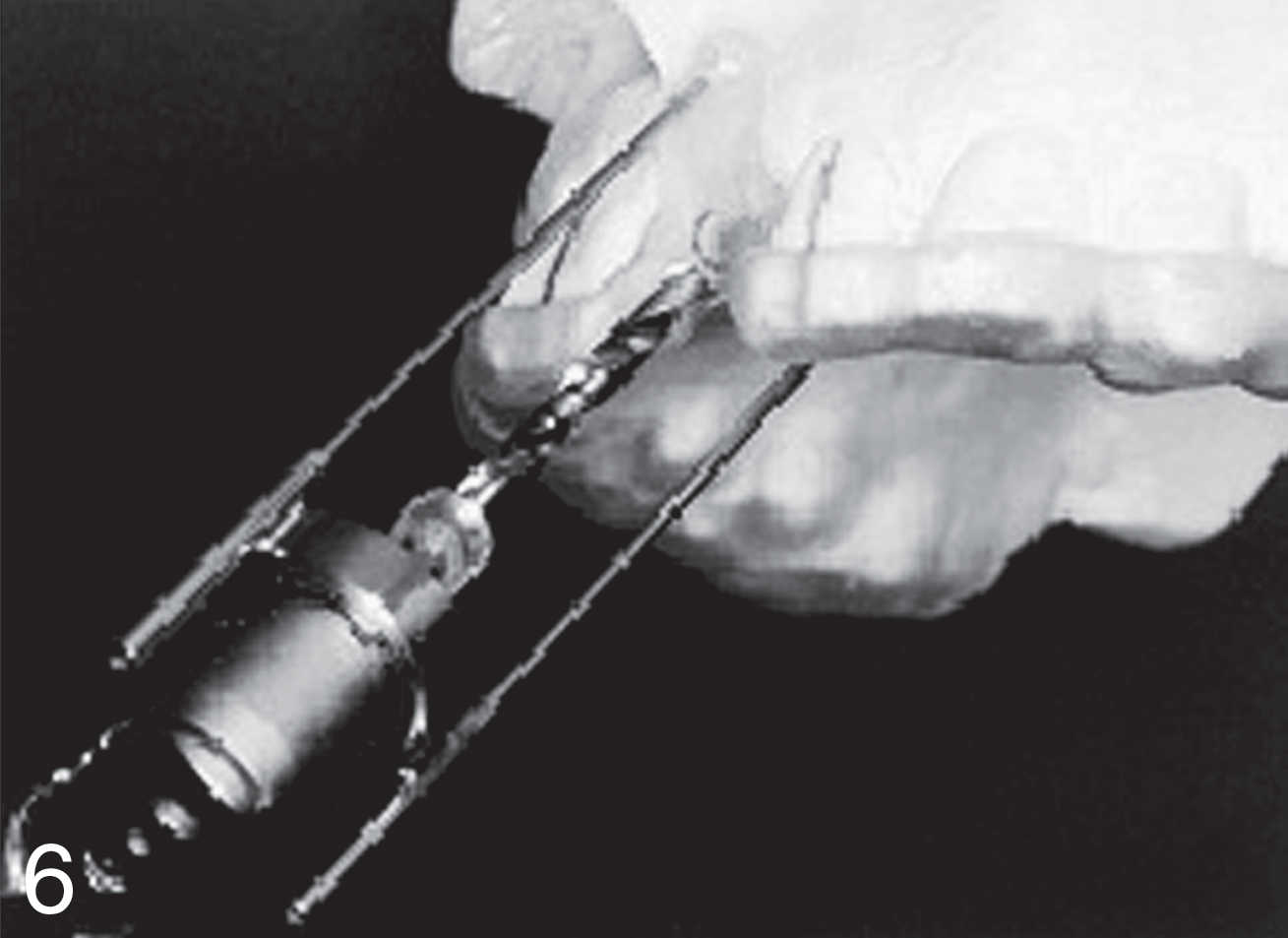
It has been observed that the use of these guides may result in unacceptable placement of the access hole and/or unacceptable implant angulation. Hence, these templates can serve as imaging indicators during the surgical phase of implant placement.
Serial posts:
- Types of Implant Surgical Guides in Dentistry: A Review
- Nonlimiting Design : Types of Implant Surgical Guides in Dentistry
- Partially Limiting Design : Types of Implant Surgical Guides in Dentistry
- Completely Limiting Design : Types of Implant Surgical Guides in Dentistry
- CAD / CAM-based Surgical Guide : Types of Implant Surgical Guides in Dentistry
- Conclusion : Types of Implant Surgical Guides in Dentistry
- Table : Partially limiting design